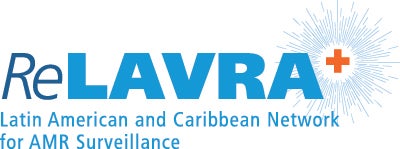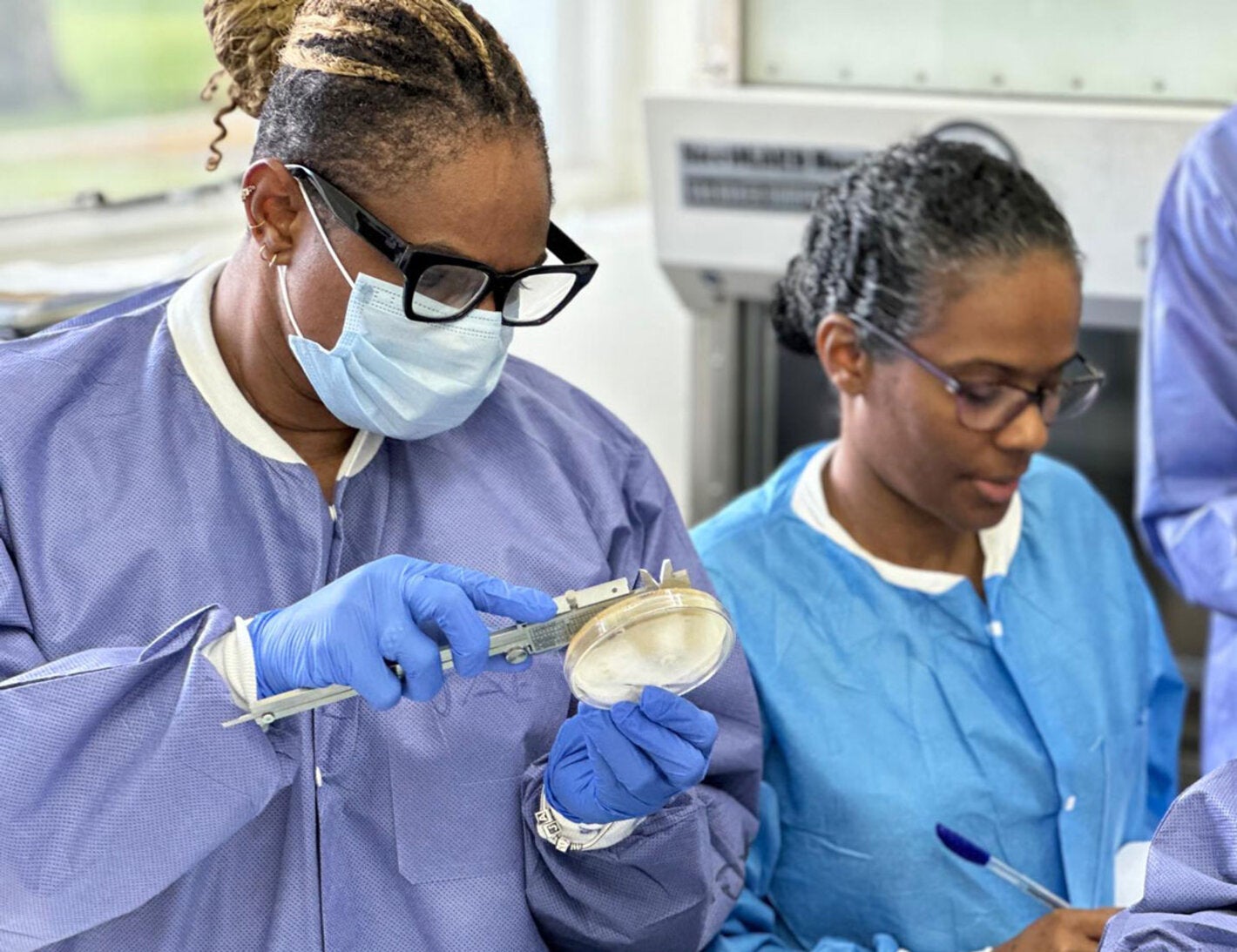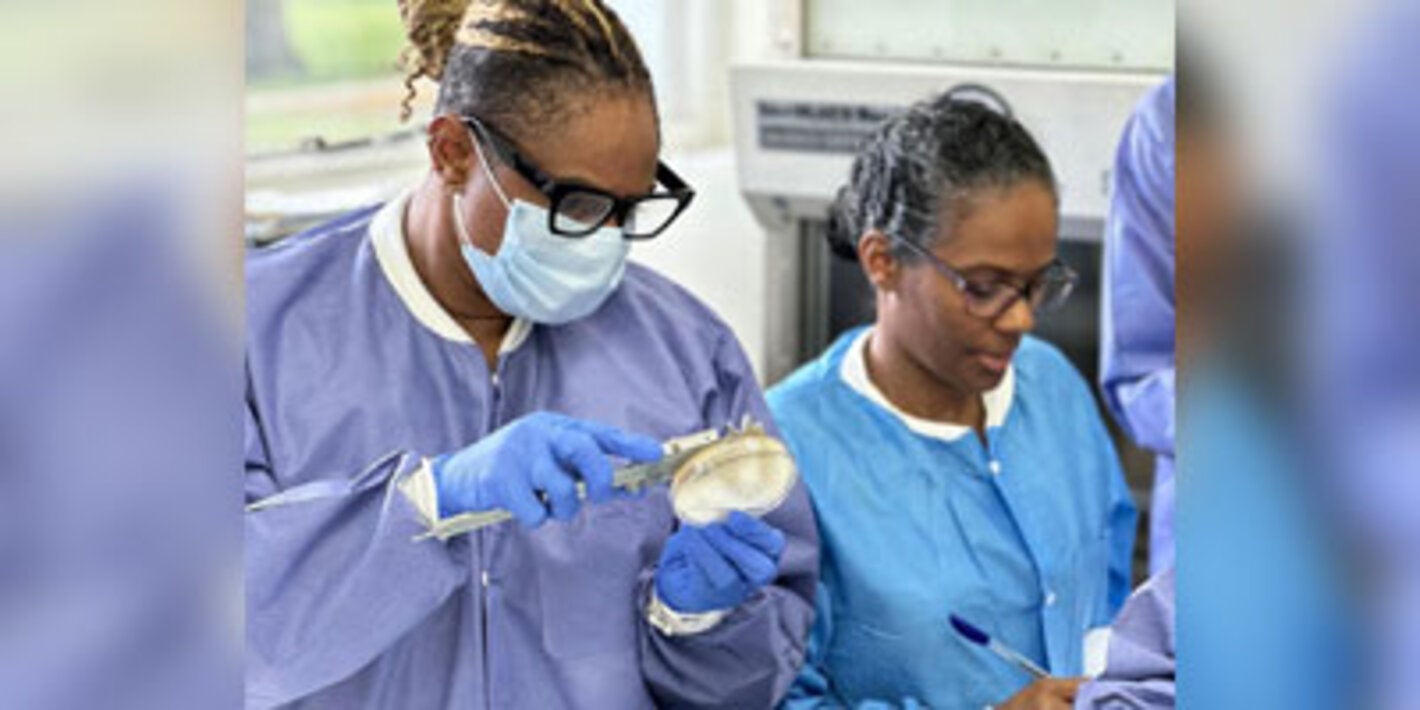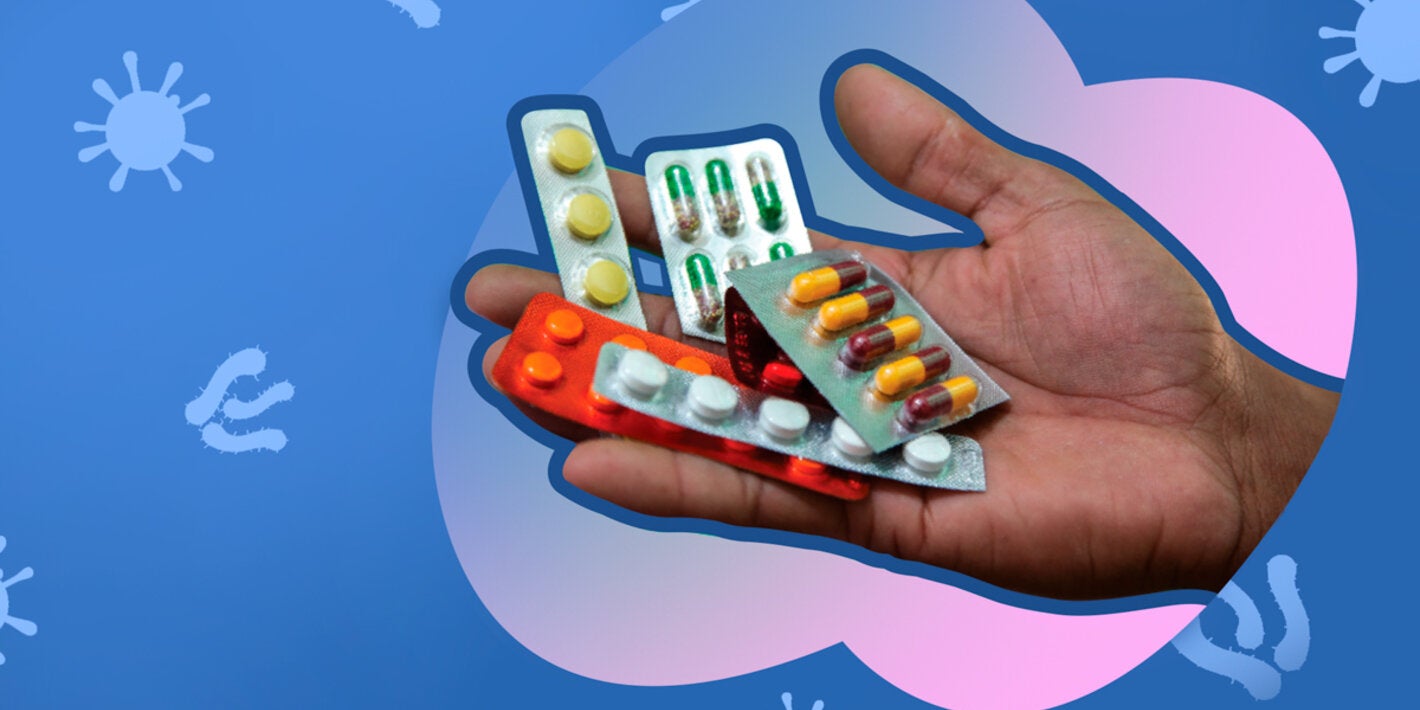The Latin American Network for Antimicrobial Resistance Surveillance (by its Spanish acronym) was formally established in 1996 by the PAHO/WHO regional office and partnering Member States.
The goal is to substantiate Antimicrobial Resistance (AMR) prevention and control policies and interventions in the Region, through the continuous collection of reliable, comparable, and reproducible AMR data.
Initially, the network constituted 8-designated national reference laboratories (NRLs), in 8-member states. The surveillance scope was limited to reporting AMR data for few targeted foodborne pathogens (Salmonella, Shigella and V. cholerae). Each NRL, reported antimicrobial susceptibility testing information (mainly for stool specimens isolates) from sentinel laboratories in each of the participating countries in addition to isolates analyzed in theses NRLs.
During the following years, the network size, as well as the scope of surveillance, continued to expand. By the year 2000, 15 NRLs, in 15-member states were reporting on an additional 7 nosocomial pathogens (E. coli, Staphylococcus aureus, Acinetobacter baumannii, Klebsiella spp. Pseudomonas aeruginosa, Enterobacteriaceae, Enterococci spp.); and 5 community acquired pathogens (Salmonella, Shigella, S. pneumoniae, N. meningitidis, Haemophilus influenzae).






